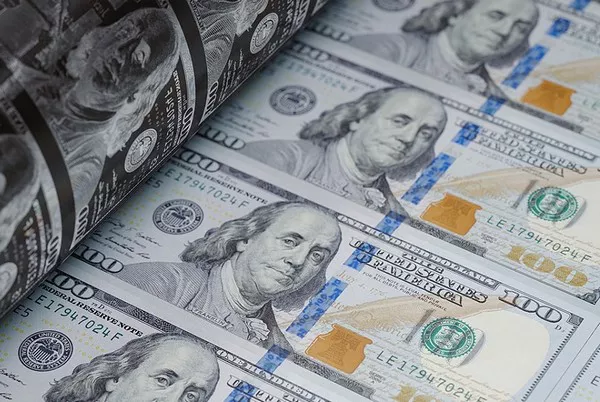NZD/USD struggles to rebound from lowest levels since November 2022.
Fed expected to take hawkish stance; triggers dollar strength.
Rising U.S. bond yields reinforce dollar’s rally.
China worries weigh on NZD/USD.
NZD/USD was trading near 0.5890 in Asia on Thursday, rebounding from its lowest level since November 2022. However, the pair is under downward pressure as investors price in the possibility of a 25 basis point rate hike by the Federal Reserve in late 2023.
Additionally, the U.S. dollar strengthened on rising expectations that the Federal Reserve will keep interest rates rising over the long term. The hawkish tone surrounding the Federal Reserve has become a major bearish factor for the pair.
Market sentiment currently tends to believe that the Federal Reserve will maintain a hawkish policy stance. That belief has been reinforced by U.S. economic data on Wednesday, which showed business activity in the U.S. services sector unexpectedly rose in August.
The U.S. ISM services PMI hit a six-month high of 54.5 in August, higher than market expectations of 52.5 and the previous value of 52.7. However, the S&P Global Composite and Services PMI fell to 50.2 and 50.5, below market estimates of 50.4 and 51.0.
It is worth pointing out that the tepid performance of US economic indicators appears to be putting downward pressure on the pair.
The U.S. dollar index, which measures the greenback’s value against six major currencies, hovered near 104.80. The prevailing hawkish sentiment surrounding each September meeting continues to lift U.S. Treasury yields.
Rising yields bolstered the sentiment of dollar bulls. The 10-year yield currently climbed to 4.29%, an increase of 0.23%.
Investor confidence remains weak as concerns remain about deteriorating economic conditions in China and as the U.S.-China trade conflict persists. These China-related risks put downward pressure on the New Zealand dollar, as China is an important trading partner of New Zealand.


